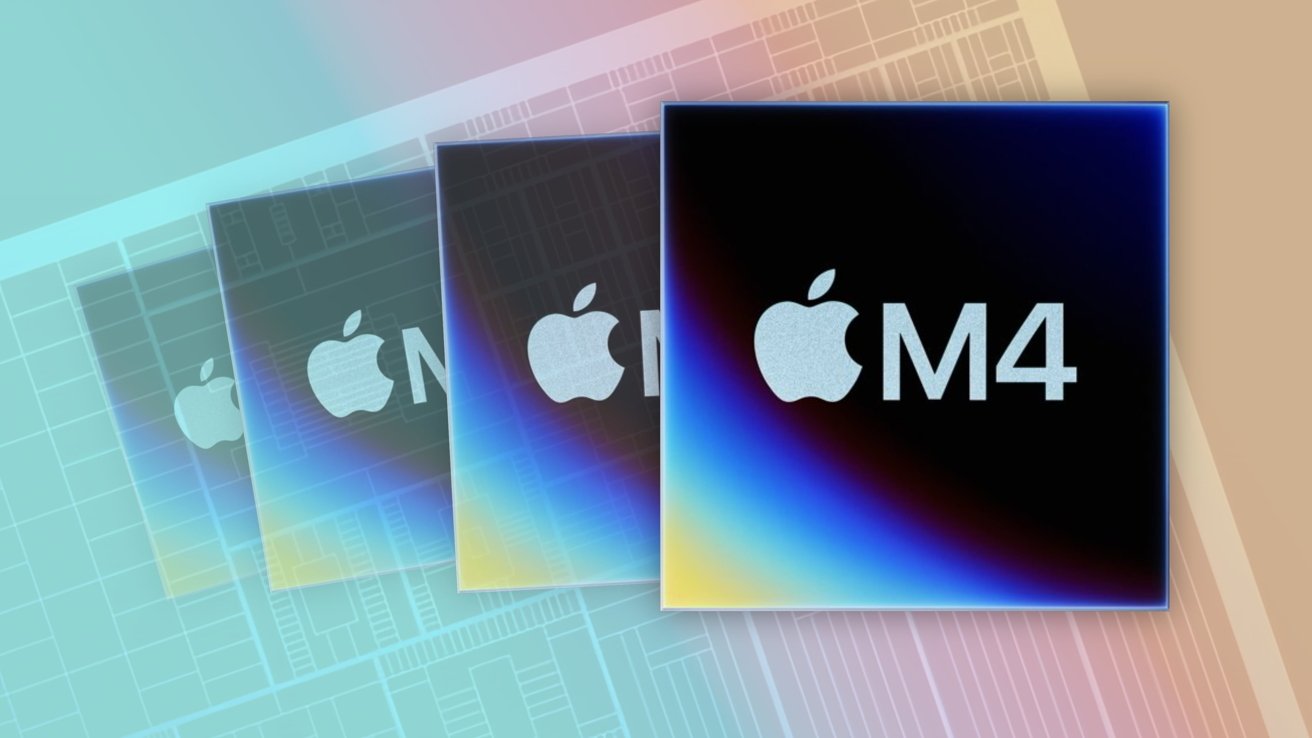If you're still running Intel apps, even on an Apple Silicon Mac, face the fact that the developer is never going to change — and that you need to, incredibly soon.
Back in 2021, AppleInsider was running a series of articles charting which developers were bringing out native Apple Silicon apps. It was shocking how many important, popular apps weren't ready, or in some cases it appeared never would be.
At the time, you could make a case that old Intel apps worked fine because Apple had done a remarkable job making sure that they would. Just as it had with its previous transition from PowerPC to Intel, Apple had created a kind of translation app called Rosetta.
If you ran Rosetta on your Apple Silicon Mac, that Mac could then continue running Intel apps. It was technically impressive, but perhaps unfortunately Rosetta worked too well.
For those first few years since Apple Silicon launched in 2020, there were high-profile developers who figured Rosetta would do. In some cases, their apps were running faster under Rosetta than on a real Intel Mac, so the expense of revising it for Apple Silicon may not have seemed worth it.
Five years later
Half a decade later, almost to the day, practically every developer has learned that they need to move to Apple Silicon — because their users had. Looking back through AppleInsider's lists of apps that were slow to adapt, it's hard to find any at all that haven't now gone native.
Or at least, it's hard to find any that you care about. Even today, there are Adobe apps that rely on Rosetta, but they are so obscure that the company may just have forgotten they exist.
If Adobe suddenly remembers them, or if you are using either Adobe Dimension or Adobe Substance 3D Stager, there is a problem coming your way.
As of 2027 and the release of macOS 28, Rosetta still won't exactly disappear, but Apple says it will no longer be fully supported.
Move on from Intel Macs
Those obscure Adobe apps are surely never going to be updated now. Adobe says, "we do not currently have a release date for native support," which after five years is surely code for we're not going to, either.
If you're running Intel apps on an Intel Mac, just upgrade. That's always easy to say when it's someone else's money, but this situation is special.
Apple Silicon is so much faster than Intel. That's not the kind of speed increase that is just some higher number on a spec sheet, it is one that you will feel. It was one that you felt with M1 in late 2020, versus a 2019 Intel Mac.
And it's one where your new Mac is so much faster that you will wonder how you ever put up with an Intel Mac. If your business is so crucial that you can't afford downtime upgrading your systems, your business is so crucial that it needs the speed of Apple Silicon.
It's easier to fix a problem before it becomes one. Getting a new tire when you know you have a leak is easier when you can schedule an appointment, instead of having a blow-out on the highway.
How urgent that problem is, depends on the workflow, as the old stuff isn't going to light on fire, of course. Some AppleInsider staffers used PowerPC macs in the home for almost a decade after the last one shipped. For that particular application, it was cost-effective.
But, the sunk-cost fallacy is real. Just because you spent $16,000 on that Mac Pro six years ago, it doesn't mean that a $3500 Mac Studio won't get the job done faster.
If time is money, the shift is worth it.
Move on from Intel apps, too
You could, though, be running Intel apps on Apple Silicon simply because you've never updated to native versions. It's dangerous to make a major software change in the middle of a production project, but there comes a time when it's more dangerous not to.
Firms that really haven't updated to Apple Silicon native are not exactly the kind of responsive company that can be relied on to support you if something goes wrong. And while you could simply avoid updating to macOS 28 when it comes, Apple eventually stops issuing security updates for older macOS versions.
So, you'll be good for a while, if your machine is internet-facing. Not forever.
The pain of updating your apps when they might be Intel ones is that you need to check. You can easily check on your Mac which apps you have are still Intel based and reliant on Rosetta.
However, maybe the most practical way to check is to search the developers' sites to see if there are native Apple Silicon versions of your most critical apps, and then just update to them.
There is a benefit to updating now, though. Everything you've heard about Apple Silicon being a transformational change is true, but it was true about the original M1 Apple Silicon processors in 2020.
Five years on, even M1 users see a big benefit to moving to the latest M4 processors. So going from Intel to M4 will be even more of performance benefit than it has ever been.
 William Gallagher
William Gallagher











-m.jpg)




 Wesley Hilliard
Wesley Hilliard
 Andrew O'Hara
Andrew O'Hara
 Malcolm Owen
Malcolm Owen
 Christine McKee
Christine McKee

 Andrew Orr
Andrew Orr









7 Comments
I, and perhaps quite a few others, are in an even worse predicament: we rely on x86 apps that were never even ported to macOS! In my case, for the last 15 years, I've had to run Intuit TurboTax for Business in a Windows 10 VM on my x86 MacBook Pro. Intuit - a pretty large software house - has never seen the need, despite user pleading, to publish a Mac version. But besides shaming them in forums like this, not much I can do. Anyway, it ran just fine in a Parallels VM over the years, so I resigned myself to keeping an x86 Mac around just for that - and for building x86 Linux installers (again in a VM) of a commercial app I support. But that Mac is getting a little long in the tooth. I had hoped that Parallels would provide a Rosetta-like solution so I could run x86 VMs on an Mx Mac at some point. And, to their credit, they recently came out with such a thing - but very crude and very slow. Not really useable really, from what I hear.
I wish Apple provided a performant x86 interpreter a la Rosetta to the VM makers, so those of us who need to use or build x86 apps can do so on current Macs.
Hopefully Valve will finally make the effort to port the steam client to Apple Silicon. But, I'll have to work out how to compile YNAB 4 to Apple Silicon. Those are the only Intel apps I have left.
I’d love to upgrade, but there’s no equivalent to the multi-GPU 2019 Mac Pro setup available from Apple today. Their M GPUs are fine for general work, but I can’t customize a current Mac to render a 3D animation at the speed of the two dedicated GPUs in my Mac Pro.
Also, I AM bitter that Apple allowed me to spend thousands of dollars on a top of the line Mac Pro knowing that they’d be killing Intel months later. It was typically shoddy treatment of pro users that I’ve come to expect from Apple.